Fly Fishing 101: Top 10 Accessories You Need To Fly Fish
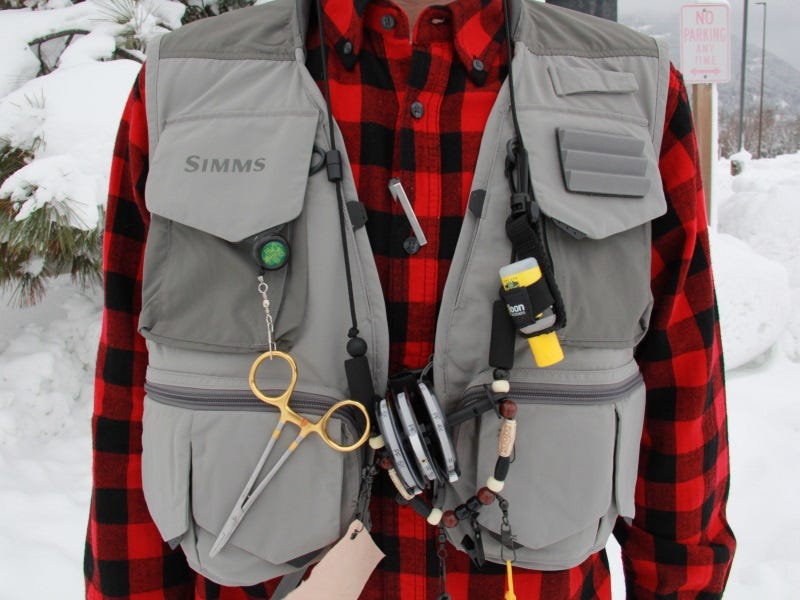

Fly-fishers often demand odd/innovative tools in order to pursue their passion. And sometimes people wonder if all those gadgets hanging off anglers and their gear are needed. I hear it in the shop all the time.
“Do you really need forceps with a curved head? What is wrong with the bulk forceps that sell for $1.99? And do I really need a pair of nippers. I mean, some of these cost 50 bucks! Can’t I just bite off my tippet?”
Outsiders often believe these tools are some kind of gimmick, just another way for fly shops to make a sale. The truth is, oddball tools make life a whole lot easier when waist deep in a swift moving river, attempting to roll-cast to a nose on the opposite bank. Those “useless” fishing utensils suddenly come in handy, and might just save you a trip to shore. A simple 20-foot trek to dry land can be an excruciating 30 seconds when the hatch is peaking, and the trout are in an all-out feeding frenzy.
In this article, I’ll talk about 10 fly-fishing accessories that every angler should hang from their vest/pack. I originally planned on listing the accessories in a numbered format, from most important to least important. That plan quickly went out the window when I considered how crucial each tool truly is. Here are my top 10 must-have fly-fishing accessories.
Nippers
There is a sudden sigh of grief that comes with forgetting nippers. Especially when using 15-pound test tippet while chasing fall browns. I can start to feel my teeth and head ache already. This is why I own three sets of nippers, and two sets of scissors. By doing so, hopefully I’ll never go another day without having some kind of cutting utensil at my immediate disposal. Nail clippers also work, but they aren’t nearly as sharp as true nippers and they don’t come with a needle to clear the dried head cement residue stuck in the eye of the fly. I greatly recommend purchasing a pair of fishing nippers and your dentist will second that suggestion—biting tippet leads to cracked or fully broken teeth. Most nippers range from $10 to $50.
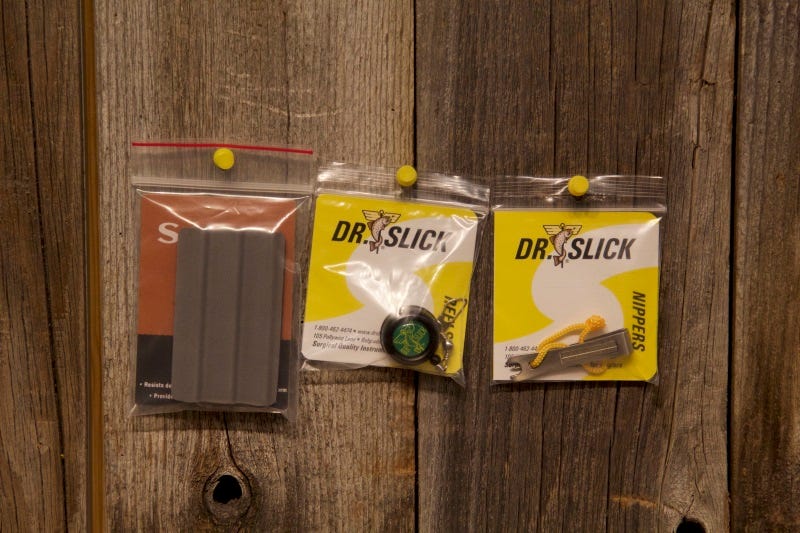
Forceps
This tool may seem like nothing more than a vest ornament, until you desperately need it. Every great fly fisher has one of these hanging from their vest, pack, jacket, or waders. They come in handy when pinching barbs, tying on flies, and especially when removing hooks from fish… or a friend if they happen in the way of your backcast. The best way to carry forceps is to simply clamp them onto a vest pocket. I have yet to have a pair fall off my fishing pack (although many people who attach their forceps to a lanyard, assure I’ll have my day). A good tip is to tie your nippers onto a loop of your forceps with monofilament, so you will always have the two together. Really, you can’t fish with a clear conscious unless you have forceps. These tools allow you to remove flies from a fish that, otherwise, would be nearly impossible to extricate—think deeply hooked fish with the point of the hook near gills. If you try to shove your hand down that fish’s throat, you’ll likely kill it. Do the resource a favor and always carry forceps.
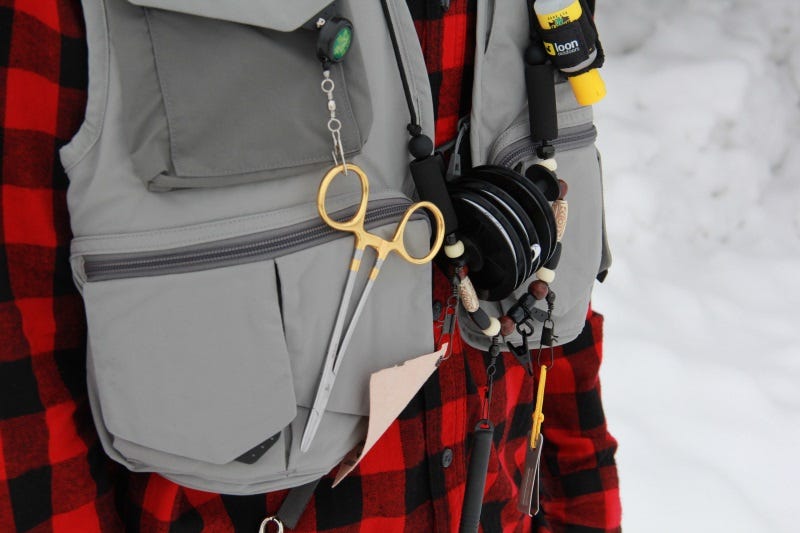
Polarized Sunglasses
There is no reason why anyone should ever fly-fish without polarized sunglasses. They take the glare off of the water allowing you to see fish better, they protect your eyes from wild casts, and they protect your eyes from the sun’s UV rays. I don’t know about you, but I very much like my eyes, and would like to take care of them the best I can. Because of this, I have two pairs of sunglasses. My go-to pair are Costas, while my backup pair are Sunclouds. A backup pair doesn’t have to be anything expensive. Just a decent pair that will get you through a pinch, and keep you from running to the store when you should be fishing. Take a look at a variety of glasses and lens tints to find the perfect match for your fishing. Smith’s ChromaPop lenses are worth trying. You can pay $50 to $250 for a quality pair of shades.
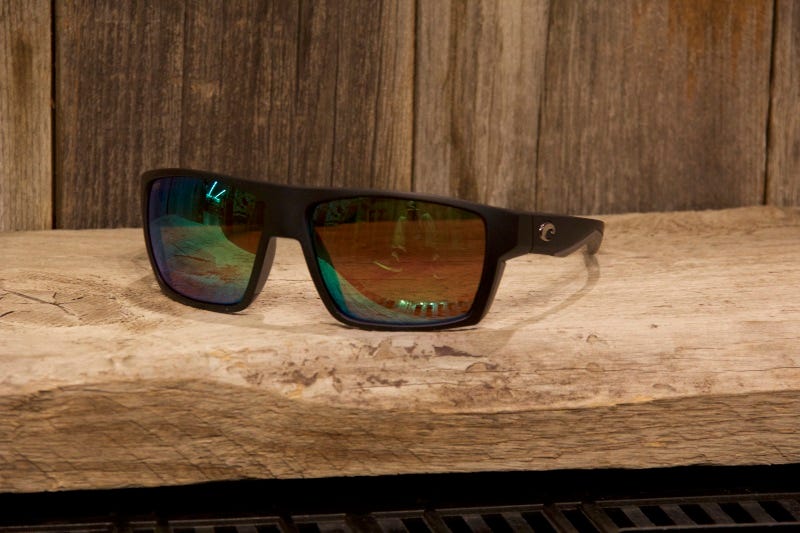
Net
Fly rod? Check. Waders and boots? Check. Vest? Check. Net? You better say check on this one, too, even though many anglers don’t think of a net as required equipment. However, a good net is always on my checklist. That’s because a great net lasts decades and it helps an angler land fish—especially large fish. In addition, it corrals them in soft webbing versus being gripped in a hand or beaten around on the bank-side rocks. You can get a quality net for $30-to $200 and it will gather memories over time. When buying a net, look for a well-constructed frame, a smoothly polished look, and durable ghost netting. The silicone “ghost” netting helps preserve a fish’s slime, prevents hooks from tangling in the net, and is more durable than traditional mesh. The silicone “ghost” netting is the only way to go in my opinion. A close second is mesh netting dipped in rubber. The big difference is the mesh-dipped netting is often heavier.

Magnetic Net Release
This is a tool that took me a couple years to recognize as important. I always carried my net tucked into my wading belt, or hanging from my vest. It bounced with every step. A magnetic net release keeps your net snugly attached to your back. A simple pull of the handle releases the net. A good release also comes with a coiled plastic cord that connects the net to your pack. This way if you take a spill while trying to net a fish, the net doesn’t float a couple miles down the river. Most magnetic net releases range from $15 to $20. Some come with a coiled cord and some don’t. You’ll want a release with a cord. The only problem with these releases is that your net can come free on a tree or bush and it doesn’t release until the cord is stretched to its maximum length. When that happens the net becomes a projectile and may give you a solid slap on the back or head. Beware the angry net.
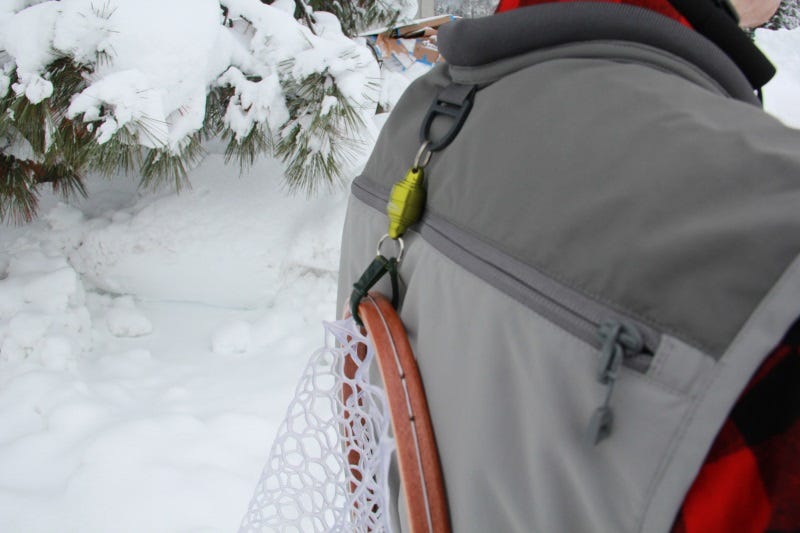
Tippet Holder
As you fish for different species with different flies, you accumulate a stack of diverse tippet strengths. A tippet holder hanging from your vest keeps all of your tippets organized, and available for immediate use. The nice thing about a good tippet holder is that they last for years; in 15 years of fly-fishing I’ve never heard of anyone breaking a tippet holder. Prices range from $8.99 to $30, so finding the right one isn’t difficult.
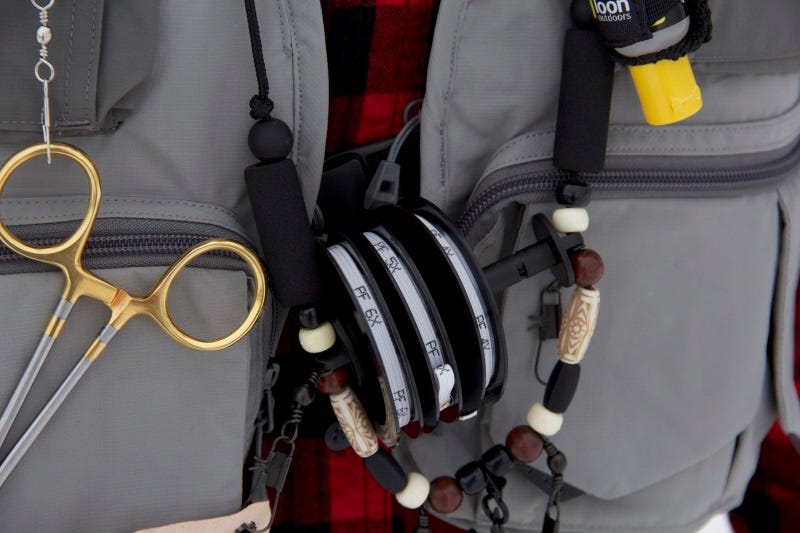
Floatant Holder
I use my floatant holder every time I fish dry flies. It’s a simple caddy designed to snugly hold your floatant upside down for easy access and silicone flow. The best place to hang your holder is from the front of your vest or on the outside of your pack. That way, re-Ginking only take a couple seconds. Many waders now have these holders designed right into the front zipper pocket.
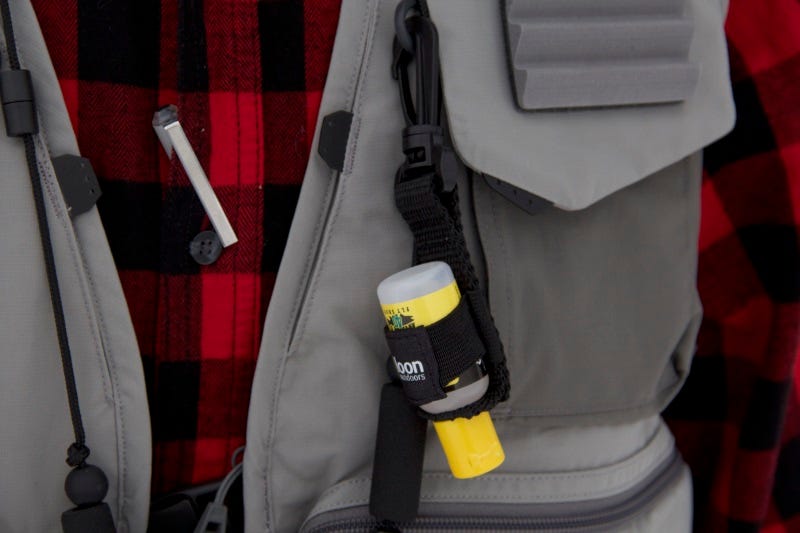
Fly Patch
A small wool or foam patch is a great addition to any angler’s vest, pack or driftboat. When quickly changing flies is the name of the game, a convenient patch gives anglers an opportune spot to toss a fly. Just be careful not to get lost in the patch’s glory—when I’m changing flies at a rapid-fire pace, I often stack then to the point where dozens are on a single patch. Do your part and occasionally clear the patch of all flies. You will be surprised by how many flies you find on it.
Ketchum Release
Designed and made in the United States, the Ketchum Release is a nifty tool intended to reduce fish mortality. With this tool, anglers can effortlessly push the hook out of a fish’s mouth. All you have to do is hook the Ketchum Release tool over your leader, and slide it down to the hook. Once the release is against the bend of the hook, give it a light push, and watch your fly pop out every time. This tool allows you to keep a fish in the water. This gives a fish a better chance of survival, post-release. If you own one of these tools you might get away with not having forceps, but forceps are still a good idea for pinching barbs and yanking flies out of your pack or jacket.
Lanyards and Retractors
Although a lanyard isn’t essential to catch fish, it hangs from your neck and keeps all of your tools tightly against your chest, right where you need them. For instance, when you need to make a quick nip of tippet, pull your nippers from the lanyard and release them when finished. Retractors are also great tools to attach to your vest, waders or pack. These allow you to secure a tool where needed and pull it from the self-coiling retractor when finished. A wide variety of retractors are available, ranging from $3.99 to $7.99. I recommend purchasing a retractor with a steel cord. The plastic retractors with nylon cords seem to break easier than a solid steel retractor. Lanyards run from $10 to $50 and can carry multiple items.
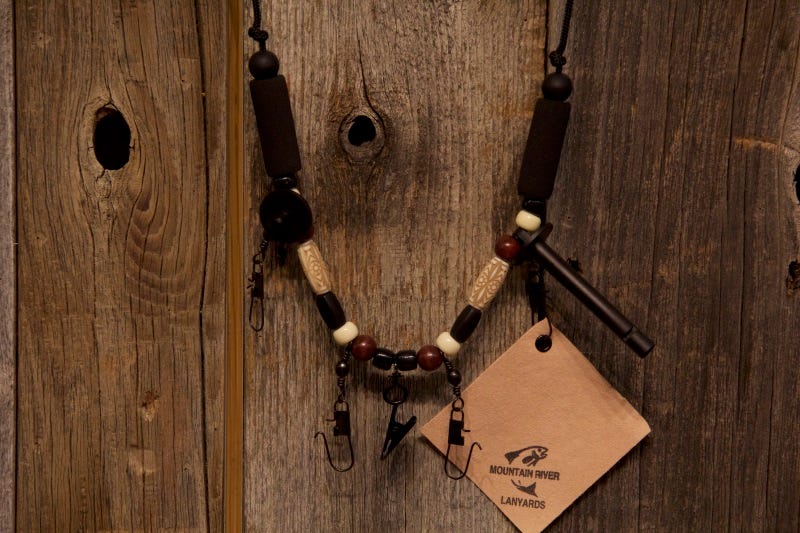
Bonus Tool: Wading Staff
Ok, I lied. There’s an 11th item you may want to consider—a wading staff. We know, we know—the knock against wading staffs is they are for old people. But that isn’t true. Just try wading on a coastal British Columbia steelhead stream or the Clearwater River in Idaho. One misstep may lead to a broken ankle or a fall in the drink. And that ‘aint good—your day could be shot because you’re soaking wet, or you might end up drowning in the drink. So, if you are at all unsteady, or just want to be as safe as you can be while in the water, don’t be shy and get a staff. They are available in retractable models so that you can fold it up and place in a small case that attaches to your wading belt. It’s there when you need it and out of the way when you don’t. Wading staffs range from $40 to $150.
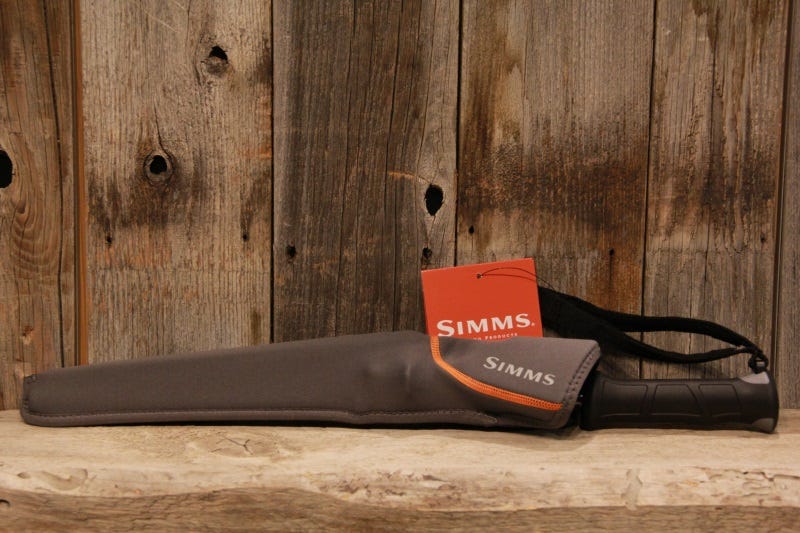
With these 10 essential fly-fishing tools, you are bettering yourself as a fisherman, increasing the chances of a lively release, protecting yourself from the unexpected, and saving yourself from frustration. I have these 10 tools on my person at all times while fishing, and can’t imagine a day on the water without any of them.
